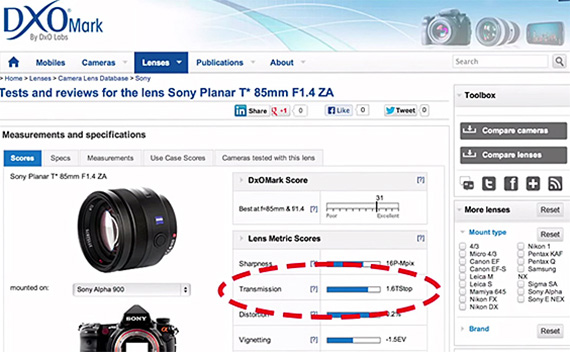BREAKING NEWS
LATEST POSTS
-
-
undertaking a project
Don’t undertake a project unless it is manifestly important and nearly impossible.
Edwin Land, inventor of instant photography
-
Kodak preparing for Chapter 11 bankruptcy
http://www.theregister.co.uk/2012/01/05/kodak_chaper_11/
The Wall Street Journal reports that Kodak, a company was synonymous with photography during a good part of its 131 years of existence – it had a 90 percent share of US photo-film sales in 1976 – is preparing for Chapter 11 bankruptcy if it can’t make survival cash by selling off its patent portfolio, itself a pathetic last act for the once-mighty company.
FEATURED POSTS
-
ChaosGPT: “destroy humanity,” “establish global dominance,” and “attain immortality.”
A user of the new open-source autonomous AI project Auto-GPT asked it to try to “destroy humanity,” “establish global dominance,” and “attain immortality.” The AI, called ChaosGPT, complied and tried to research nuclear weapons, recruit other AI agents to help it do research, and sent tweets trying to influence others.
-
Photography basics: f-stop vs t-stop
https://www.premiumbeat.com/blog/understanding-lenses-aperture-f-stop-t-stop/
F-stops are the theoretical amount of light transmitted by the lens; t-stops, the actual amount. The difference is about 1/3 stop, often more with zooms.
f-stop is the measurement of the opening (aperture) of the lens in relation to its focal length (the distance between the lens and the sensor). The math is focal length / lens diameter.
It mainly controls depth of field, given a known amount of light.https://www.scantips.com/lights/fstop2.html
The smaller f-stop (larger aperture) the more depth of field and light.
Note that the numbers in an aperture—f/2.8, f/8—signify a certain amount of light, but that doesn’t necessarily mean that’s directly how much light is getting to your sensor.
T stop on the other hand is the measurement of how much light passes through aforementioned opening and actually makes it to the sensor. There is no such a lens which does not steal some light on the way to the sensor.
In short, is the corrected f-stop number you want to collect, based on the amount of light reaching the sensor after bouncing through all the lenses, to know exactly what is making it to film. The smaller, the more light.http://www.dxomark.com/Lenses/Ratings/Optical-Metric-Scores
Note that exposure stop is a measurement of sensibility to light not of lens capabilities.











